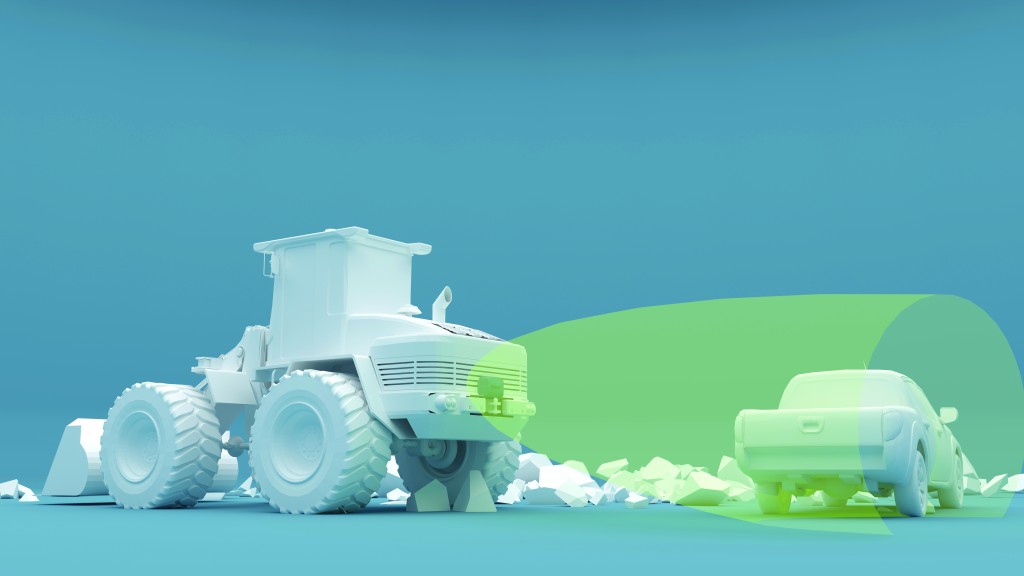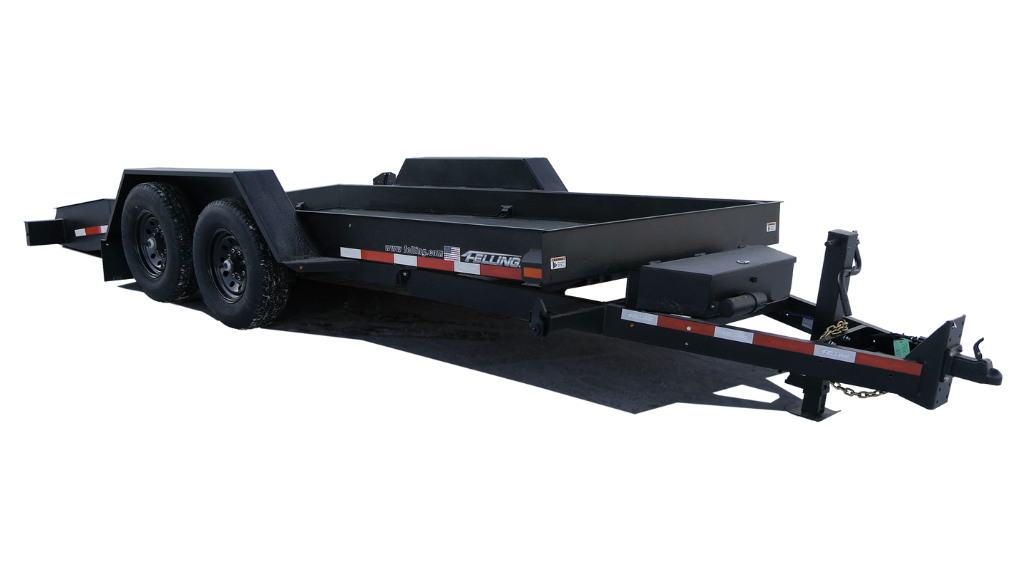
According to the World Health Organization, construction, agriculture, and mining are among some of the highest-risk work populations in the world with many injuries and fatalities caused by moving vehicles or machinery.
Maneuvering vehicles at low speeds is one of the most common causes of deaths and injuries to ground workers, who are often operating on noisy sites in difficult conditions with reduced visibility.
Blind spots on vehicles are a common cause of collisions and tend to be much more extensive on large worksite vehicles. These include not only the rear and nearside but also the front, especially with elevated driver positions. Harsh terrains, thick dust, smoke, and fog decrease visibility even further.
Clearly, putting sensible precautions in place is an important factor when dealing with safety issues both on and off the road. The introduction of commercial vehicle safety systems has helped to improve safety records on roads as well as across multiple industries including construction, agriculture, mining, quarrying, shipping, and aviation.
"Camera monitor systems will help to eliminate blind spots in most scenarios. However, when visibility is poor, drivers and operators need additional assistance. This is where radar obstacle detection comes in," said Corey Heniser, a vehicle safety expert at Brigade Electronics INC.
Brigade's IP69K Programmable Backsense Object Detection System employs continuous-wave radar technology to work effectively in poor visibility, including darkness, smoke, and fog. Featuring a water and dustproof warning display, it detects moving or stationary objects around the vehicle and delivers an audible and visible alert to the vehicle operator, allowing them to act accordingly. The display and sensor are completely dust tight and protected against damage from close range, powerful and high temperature water jets. Both provide excellent resistance to moisture, dust, sand, vibration, mud, and all-weather conditions.



